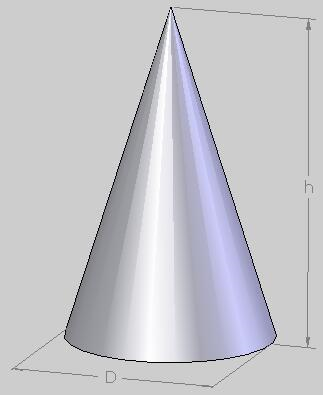In order to immediately get a ready-made unrolled lateral surface of a cone, click on the
link.
To get an unfolded lateral surface of a truncated right circular cone, click on this
link.
If you need a right circular cylinder or an oblique cylinder developments, let's click here.
An unrolled lateral surface of a truncated cylinder (a vent pipe elbow), is on this page.
If you are interested in the question of how to make an unfolded lateral surface of a cone on your own, without using online - calculators or programs, then this article is for you.
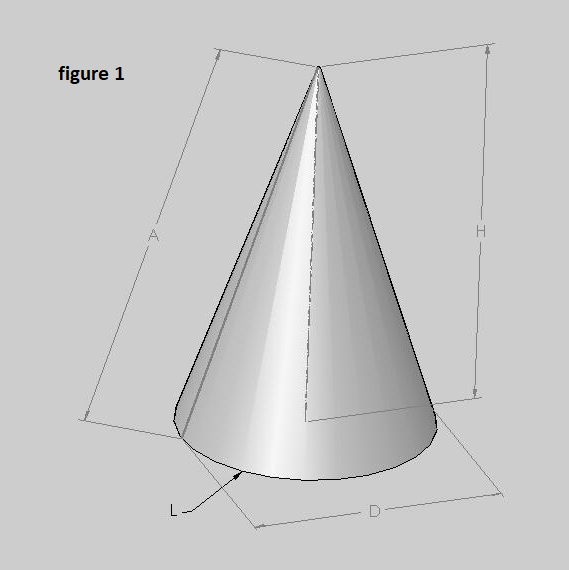
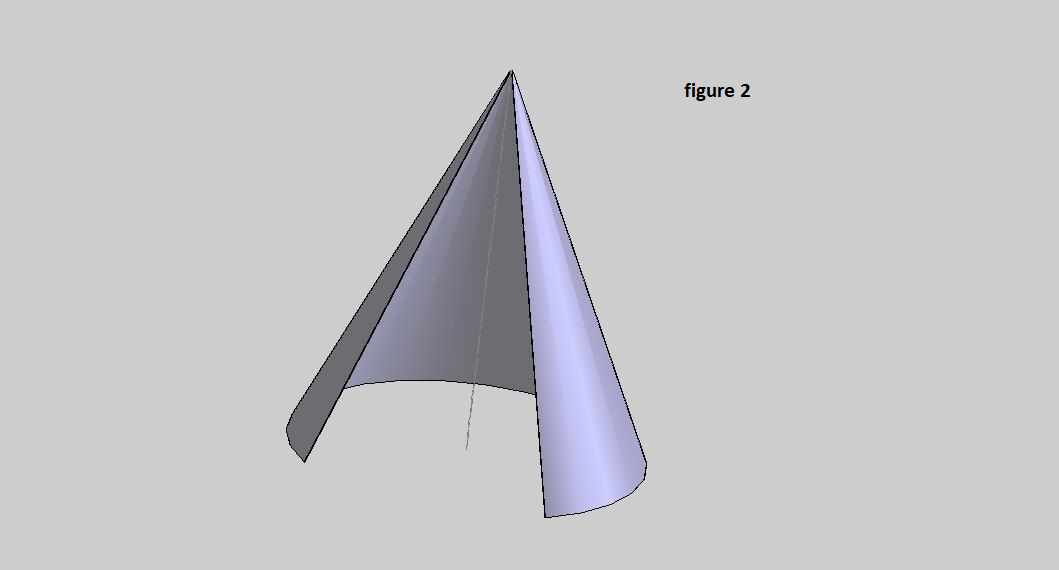
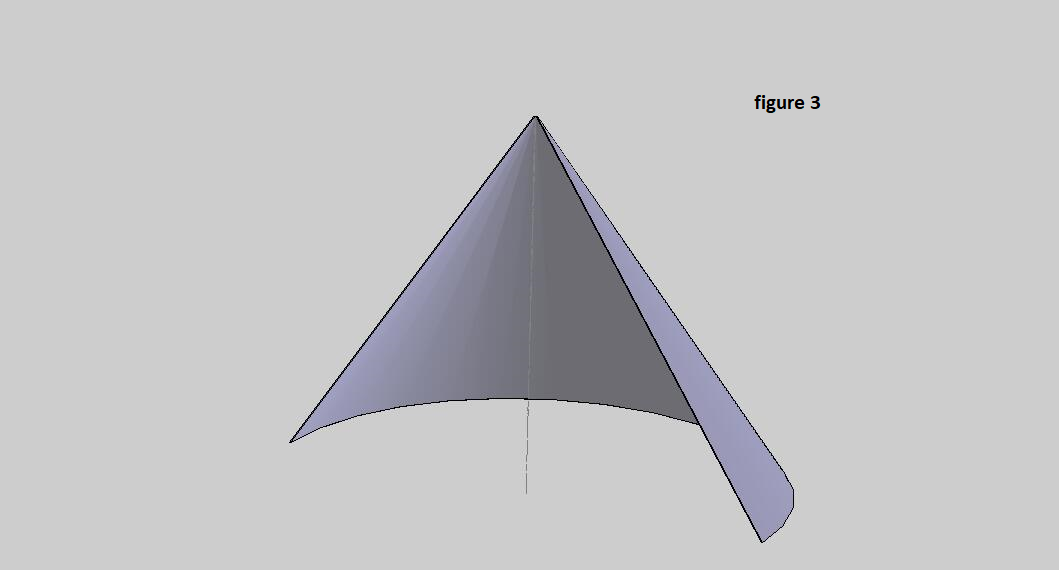
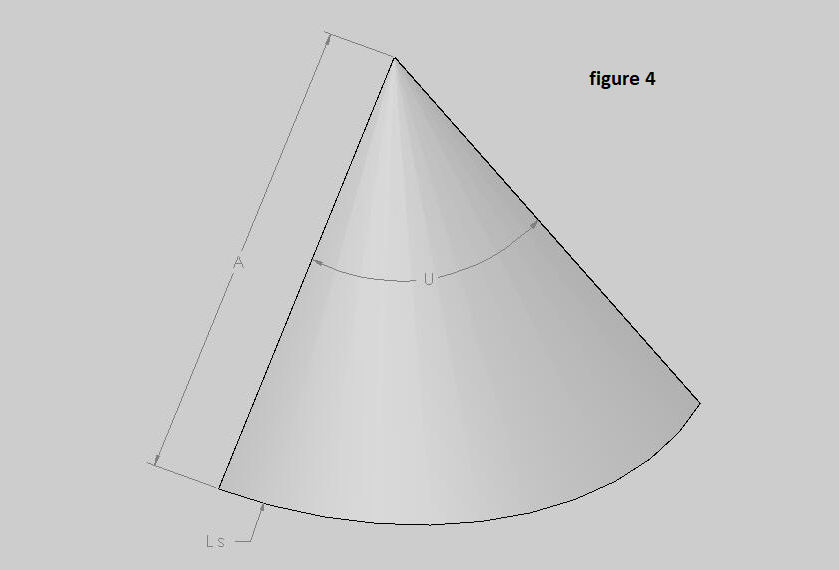
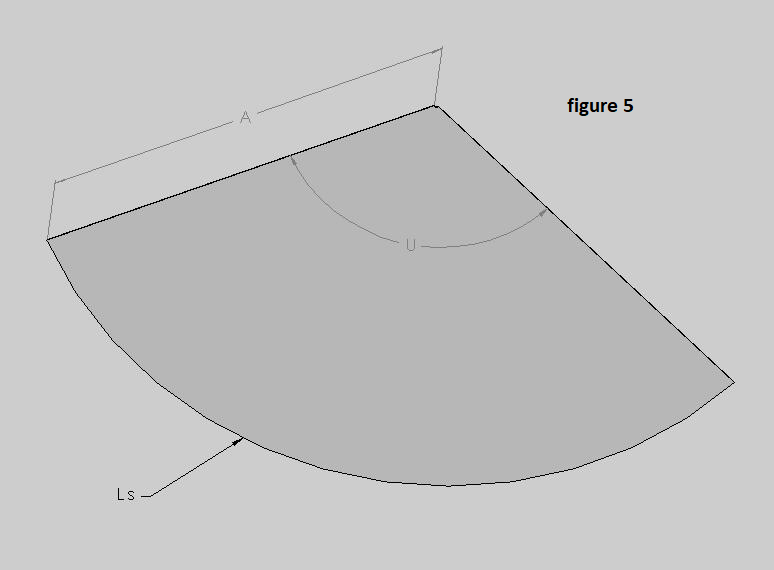

 - circumference length (Fig. 1)
- circumference length (Fig. 1) - the angle of the circular sector.
- the angle of the circular sector. 